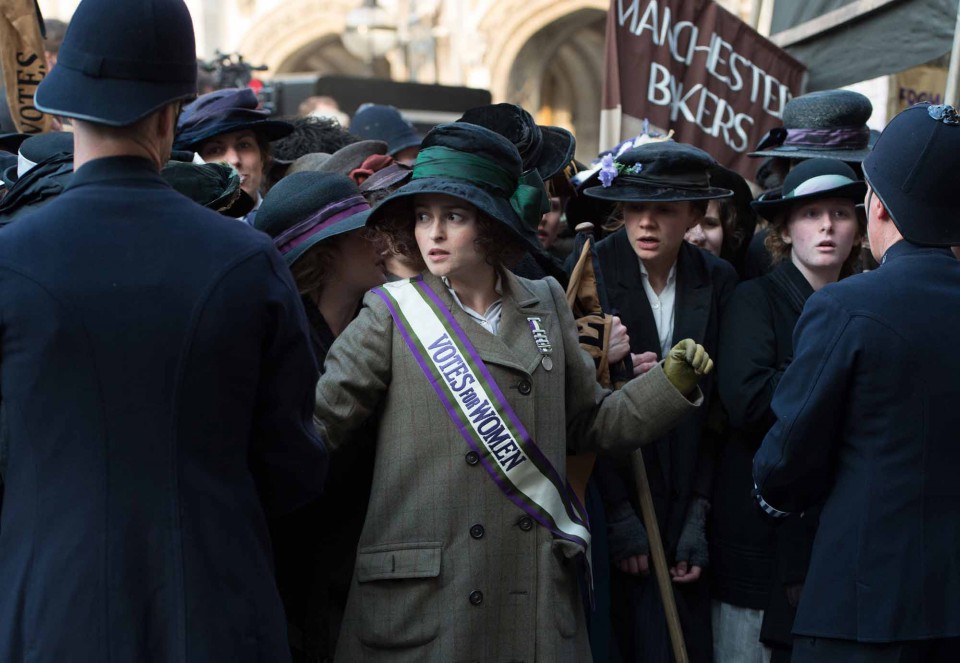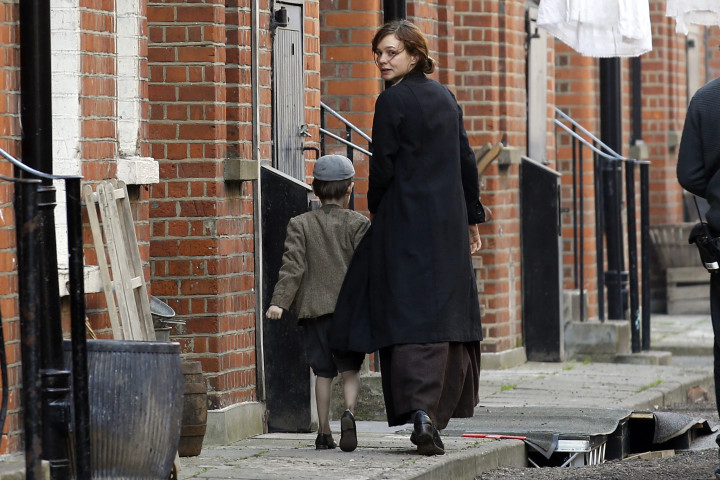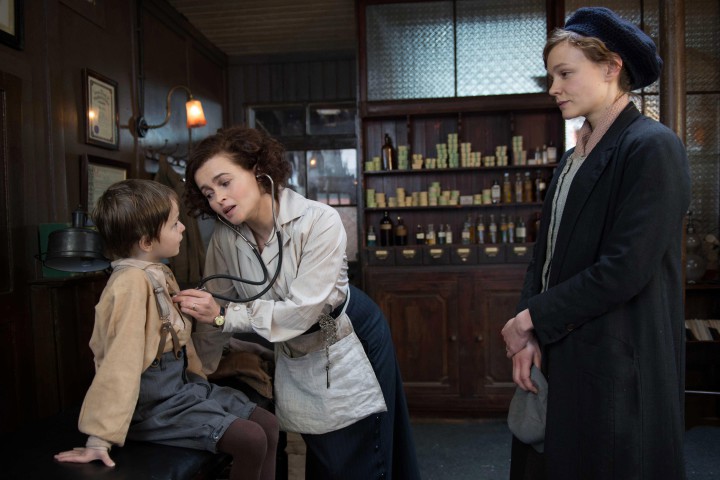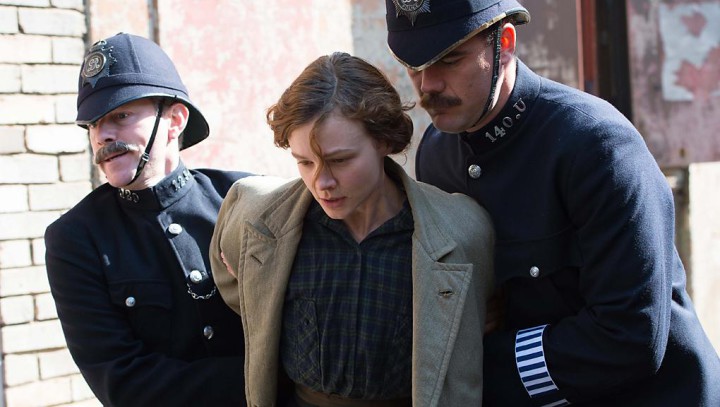It is taking your life in your hands in some quarters to speak disparagingly of a movie like Suffragette. Here we have a topic of historical significance. It has been filmed with painstaking attention to detail. It has been carefully cast with high-class actors — even bringing in Meryl Streep for a two-minute cameo as the legendary face of the suffrage movement, Emmeline Pankhurst, to ensure its prestige-picture cred. The whole thing is so very serious that it never cracks a smile. And, just so you can’t mistake its importance, the color has been all but leached from the film — call it Drabchrome. What all these efforts result in is a well-intentioned, large, brown movie that’s inclined to be rather dull — an extremely conventional movie about very unconventional women.
Instead of an involving picture of the suffrage movement, it’s a classroom lecture centered on the travails of Carey Mulligan’s Maud Watts — a fictional character or, if you’re especially charitable, a composite. While the latter might undermine the film’s value as history, there’s no reason it should make for ineffectual drama. If anything, the contrary should be true. But, for some reason, Maud’s story never feels like much more than a contrivance on which to hang the movie. She functions as the innocent whose previously apolitical life is changed when she sees the injustices inflicted on the suffragettes. It’s not the most original idea, but it ought to have worked better than it does. Part of the problem is that it’s hard to believe that a woman with the Dickensian background she’s given — sexually abused wage-slave working in dangerous sweat-shop surroundings — would be in the least surprised by injustice. But the film insists she is, and Mulligan does her damndest to sell this transition: from apathy to timid interest, to accidental-and-unwilling voice of the movement, to outraged true-believer. Mulligan is a terrific actress, but this is beyond even her powers.
Once Maud is completely sold on the movement, Suffragette turns into a catalog of abuses and misfortunes that befall her, all handled like items being checked off a list. Of course, that’s probably how these things were mapped out, but no one seems to have realized that, before long, you might wish Thelma Ritter from All About Eve (1950) would show up to remark, “Everything but the bloodhounds snappin’ at her rear end.” That’s the inherent problem with composites. Their symbolic status tends to submerge their believability. Maud may never become an absurdity, but she’s heading up a movie where historical necessity finally intrudes, shoves her to the side and leaves her a spectator in her own movie. Without revealing too much, I’ll just say it’s not good drama, and, like most big moments in the film, it’s presented in the flattest manner possible.
I don’t mean to suggest that Suffragette is wholly without merit. The scenes involving the emotionally ambiguous Inspector Steed (Brendan Gleeson) at least suggest a more interesting movie than what ultimately emerges. The best-served character in the film is easily Helena Bonham Carter’s pharmacist-revolutionary. She is, in fact, the best thing about the drama. The biggest miscalculation is the Meryl Streep cameo as Emmeline Pankhurst. She appears on a balcony like royalty addressing the peasants, makes a brief speech exhorting them to fight and is then whisked away to hide in safety, leaving her adherents to deal with the results. It isn’t quite history, but that’s less the problem than the — probably unintended — underlying message of the privileged class using the working class to do the dirty work. That’s not what Mrs. Pankhurst did, but, since the indignities she suffered are given over to Maud and the historical character has been reconfigured for what amounts to a celebrity guest appearance, that’s the sense we’re given. It ends up being a caricature about on par with Alec Guinness in drag as the balloonist-suffragette Lady Agatha d’Ascoyne in Kind Hearts and Coronets (1949).
In the end, I think what really sinks the film (as the important statement it’s meant to be) is simply that it doesn’t work as agitprop. I don’t really see much chance that anyone is apt to leave the theater outraged and of a mind to go firebomb a mailbox. That’s just as well in a practical and moral sense, but the deeper problem is that it doesn’t work you up at all — at least, it didn’t me. The mix of melodrama and the curiously dispassionate approach doesn’t amount to much. But it’s just possible that a lot of it comes down to the fact that votes for women simply isn’t a topic that’s in great debate in our world today, and the film leaves little room to view it in allegorical terms of the modern questions of voter suppression. Instead, it stubbornly remains a history lesson — and history is messier and more complex than Suffragette‘s tidiness allows. You may safely go to it for its noble intentions and undeniable production values — and that may satisfy you — but don’t expect fireworks. Rated PG-13 for some intense violence, thematic elements, brief strong language and partial nudity.









Not super great but enjoyable, they are preaching to the choir. The biggest annoyance for me was the shaky cam. It has no place in a period piece.
Do you think they should have just made a biopic about Pankhurst?
I just think they shouldn’t have made a boring, brown movie.
Brown?
That is the extent of its color pallette.
ofcourse.